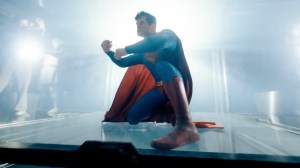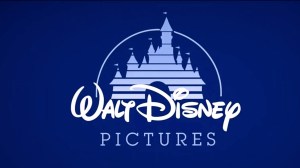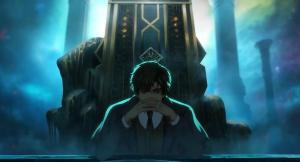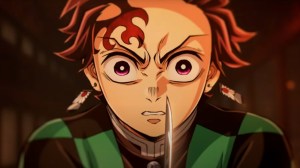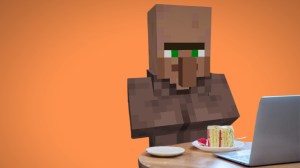
The Suicide Squad Pre-Amble
Pipeline tends to be a positive column. I like to rave over the good comics, and skip the bad ones. Life’s too short to get caught up in hating on things.
Videos by ComicBook.com
In that vein, I will offer some suggestions to the makers of the next “Suicide Squad” movie for what they might learn from the comic book series to make their movie a success.
There are, after all, a lot of ingredients in the first movie that could make an excellent second movie, if said movie had a coherent vision, a decent script, an original plot, basic character motivation, a believable fight scene that didn’t make me nauseous, a real character arc, and a soundtrack that made sense instead of cashing in on last year’s popular superhero movie.
::ahem::
Suicide Squad: Seven Things Movie Makers Need to Learn from Comic Book Creators
1. The Wall is a manipulator, not a cold blooded killer. Yes, she’ll pop off and punch a politician. She’ll order someone’s death, even. But she doesn’t run around with a gun and bloodlust. She’s tough as nails, not murderous. She can navigate the political scene as easily as the streets, and she’s great at speaking both languages. Her physical hands don’t usually get dirty, just her metaphorical ones.
2. Boomerang is a very fun character who should get some camera time to shine. He should be the most annoying member of the Squad and, in fact, nobody can stand dealing with him. But it’s that ability to agitate and be so completely self-centered that makes him fun for the viewers to watch. He’s remorseless. He might be the most psychotic, if it wasn’t for Harley.
3. Give everyone a motivation, not just the characters the marketing department decides will be the breakout character or the star with the biggest box office potential. Why was Boomerang there? Why was Katana there, besides holding the functional equivalent of Chekhov’s Gun? John Ostrander set up the entire team in the first issue of that series in about a page and a half. This movie took a half hour and felt like a movie spinning its wheels before it started.
4. Be more political. No, I don’t mean the next movie should comment on the political issues of the day, but that the Suicide Squad is about more than defeating the villain with the right combination of powers. There was always a political aspect to the whole thing, whether it’s the internal strife between Waller and the federal government, or the Squad against a foreign nation’s military. There’s as much drama to be had from those moments of diplomacy (or lack thereof) than there is from the five million bullets being thrown in any given scene. This might have been easier in 1987 with the Cold War than it is in the modern era with distributed terror networks, but I’m sure they can make something work.
5. Have a clear mission objective. Each story in Ostrander’s “Suicide Squad” formed the team with a briefing that laid out the mission. Make sure that mission has some aspect to it that would be suicidal to even consider joining in on it. Knowing that keeps the viewer on edge, and gives the viewer a sense of scale and importance. Things might twist along the way and a new mission may happen, but let that come naturally as a direct results of the first mission’s failure or success. The comic book team always had a clear plan. It usually failed, often due to issues with the villains’ personalities coming into play.
6. It’s Not All About Powers. “Suicide Squad” is as much “Mission Impossible” as it is a superhero movie. Powers can be effective, particularly in the smart usage of them in combinations unique to the characters on the Squad. But the part where the characters have to skulk around, fool their enemies to their face, and hold themselves back is just as entertaining.

7. Oracle started as a Suicide Squad character. Bring Barbara Gordon in. You can use The Joker for her origin story briefly and then never mention him again. This way, you get your Joker appearance and add a new and awesome element to the DC Cinematic Universe. I’d love to see the interaction between Oracle and Harley, too, given their stories. This might be the key to giving Harley the break from The Joker that the first movie completely chickened out on.
Sometimes, They Do Use the Comics
I read “Suicide Squad” #9 last night. These two panels stood out, because the movie used it directly for inspiration. They even used the same D-level character for it. Impressive.

Pipelinks for August 9, 2016
A few links to send you on your merry way:
- John Ostrander talked about “Suicide Squad” and his other projects on the Word Balloon podcast back in June that I just listened to. It’s a good conversation.
- Watch Todd Nauck ink a movie-inspired Harley Quinn drawing.
- Michael Eisner looked at buying Marvel when he was still CEO at Disney “many many years earlier,” but passed. I bet he could have picked up the company at a much cheaper price in the 90s…(This has been your “Not Suicide Squad” moment for the week.)
- I launched PipelineComics.com last week to discuss more in the world of comics than will fit here. If you want to know more about the original “Suicide Squad” comic book, I reprinted my original review of it there.
PipelineComics.com || Instagram || Twitter || E-mail


